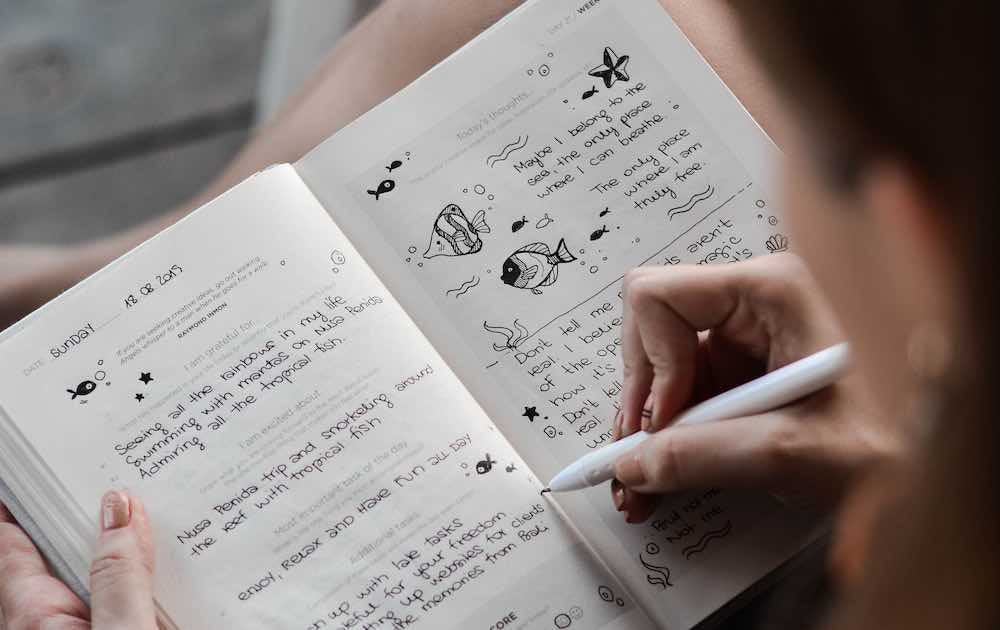How to Journal For Better Mood
The root of many childhood PTSD symptoms is emotional dysregulation. We all get dysregulated sometimes, and we all eventually return to a regulated state. However, trauma survivors suffer from more triggers, the amplitude of dysregulation is larger, and it takes survivors longer to bring emotions back to the norm. For all these reasons, managing emotions well is crucial to thriving post-trauma.
One of the most effective ways to get back to a calm emotional state is to release fears and resentments by taking it out of our heads and putting them on paper. We basically “free-write” our thoughts in a journal, which is why this therapy is called “freewriting.” Freewriting allows us to be our own therapist and let our inner wisdom guide us. By writing down our thoughts and feelings, we not only validate how we feel but quite often, we come to see the absurdity of some of the thoughts that so troubled us a minute ago.
Instead of automatically believing everything we think, we give ourselves the chance to review our thoughts objectively and decide if they are thoughts to keep or change.
“Journaling is like whispering to one’s self and listening at the same time.” — Mina Murray
In this episode, I talk about using journaling to free-write, do gratitude exercises, and set daily goals.
Link To Podcasts: “How to Journal For Better Mood."
If you want to journal regularly but have trouble making the habit stick, check out “Having a Hard Time Building New Habits? Try Habit Stacking” to learn how to use the magic of habit stacking to make a new habit stick. If you know habit stacking already, but like me, find it difficult to implement and track manually, you can try one of these free apps:
https://habit.app/
): Free habit stacking app to make it easier to build new habits.
https://www.upliftingapp.com/
): Free app for building routines. You can add multiple habits and track progress over time.
Journaling is free, it works quickly, and you can do it anywhere. Try it and see if it helps you unpack the tangle of thoughts, triggers, and emotions that can lead to dysregulation.




